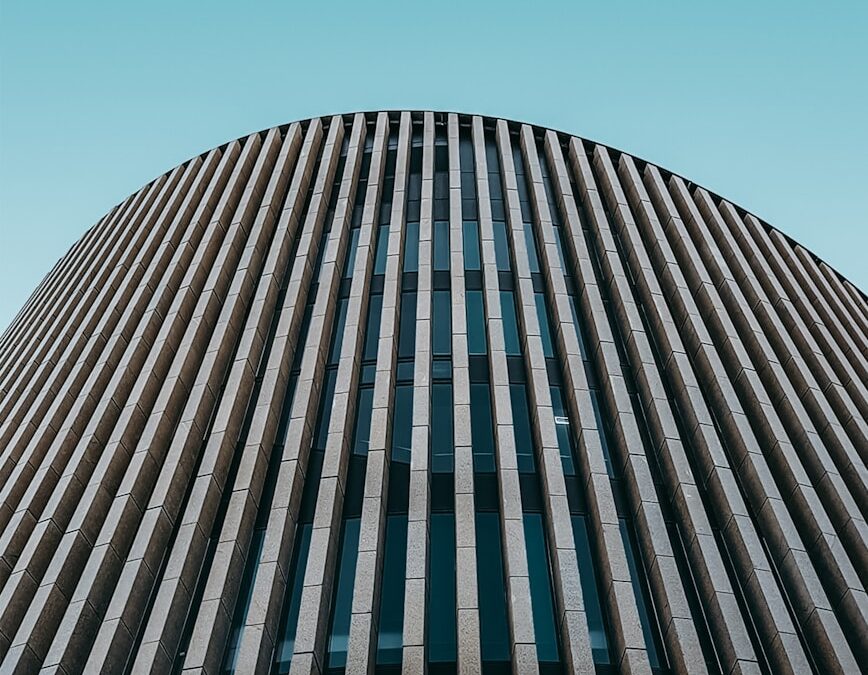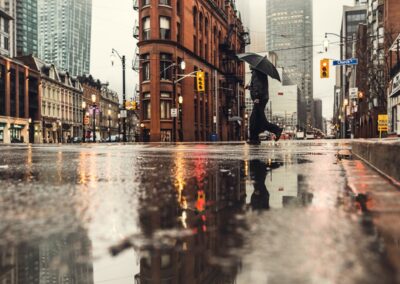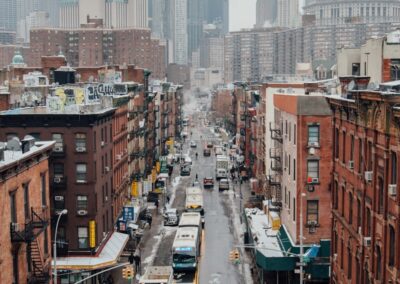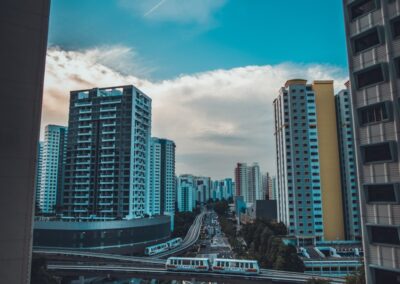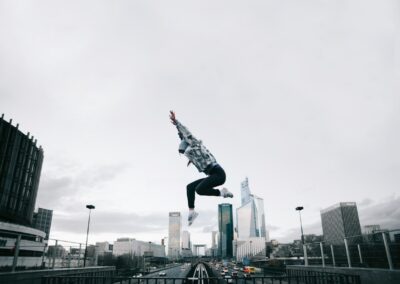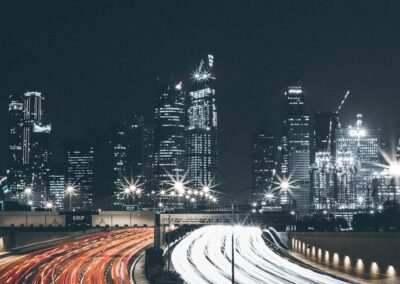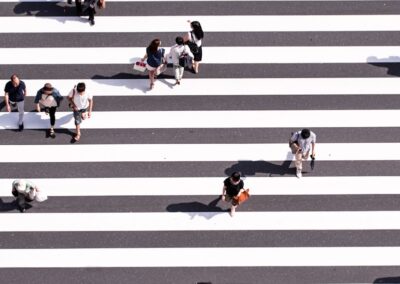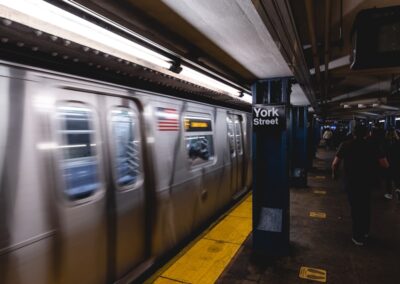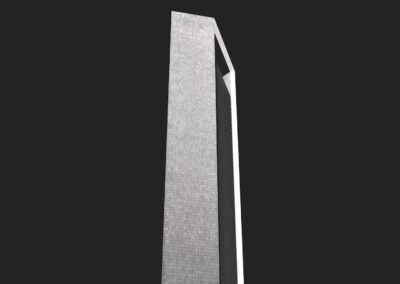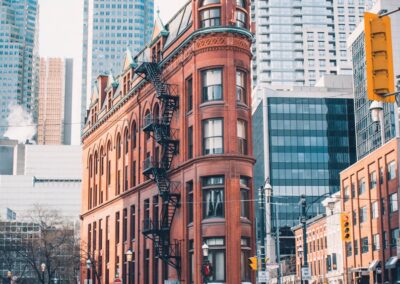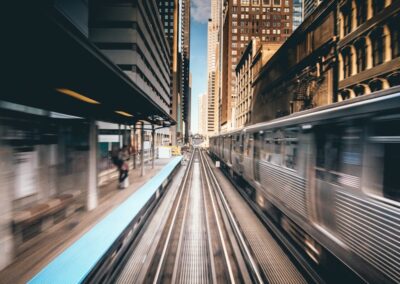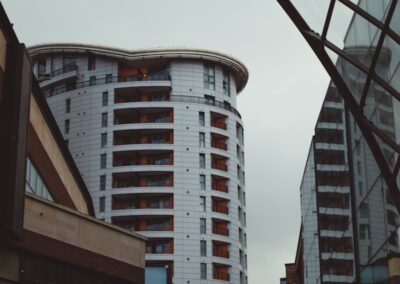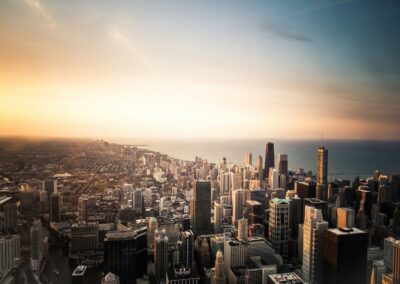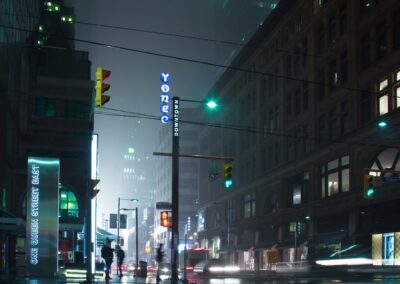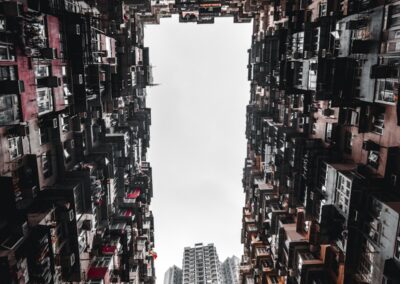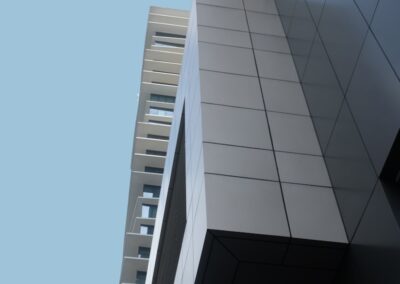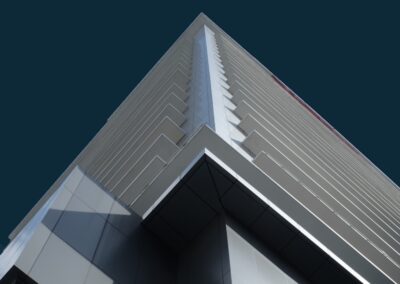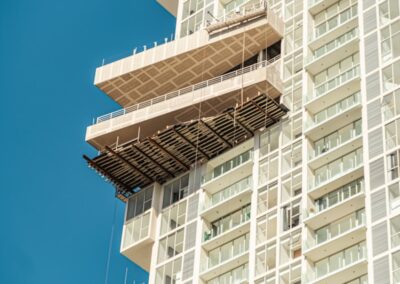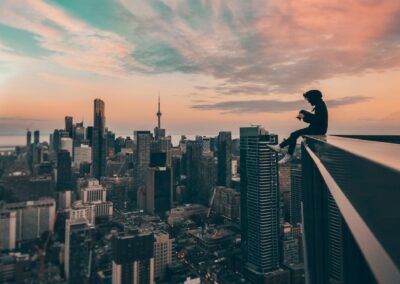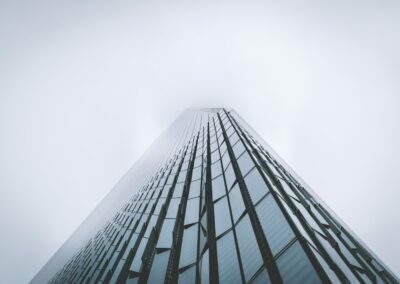Challenges in Maintaining Vertical Urban Developments
Structural Integrity and Safety
The structural integrity and safety of vertical urban developments are paramount concerns for cities like Riyadh and Dubai, which are renowned for their ambitious skyscrapers and high-rise buildings. Managing these structures involves addressing several challenges, including regular maintenance, structural health monitoring, and compliance with safety regulations. Ensuring that buildings remain safe and habitable requires a proactive approach to maintenance, utilizing advanced technologies such as drones and AI-powered sensors to inspect and monitor structural health.
In Riyadh, where extreme temperatures can affect building materials, regular inspections are crucial to identify and mitigate potential issues before they become serious problems. AI technology can play a significant role in predictive maintenance, analyzing data from sensors embedded in the building structure to predict when and where maintenance is needed. This approach not only enhances safety but also extends the lifespan of the building by addressing issues early.
Dubai, with its diverse and rapidly growing skyline, faces similar challenges. The city’s high-rise buildings are subject to environmental stresses such as high humidity and occasional sandstorms. Implementing robust maintenance schedules and leveraging AI and drone technology for inspections can help manage these challenges effectively. Additionally, adhering to stringent building codes and safety standards ensures that structures can withstand environmental pressures and remain safe for occupants.
Energy Efficiency and Sustainability
Energy efficiency and sustainability are critical aspects of managing vertical urban developments. High-rise buildings typically consume large amounts of energy for lighting, heating, cooling, and other operations. Reducing energy consumption and enhancing sustainability requires the integration of energy-efficient technologies and practices. In regions like Saudi Arabia and the UAE, where energy resources are abundant but environmental sustainability is a growing concern, optimizing energy use in high-rise buildings is essential.
One effective strategy is to incorporate renewable energy sources such as solar panels and wind turbines into building designs. In Riyadh, solar panels can harness the abundant sunlight to generate clean energy, reducing reliance on non-renewable energy sources. Additionally, energy-efficient HVAC systems, LED lighting, and smart building management systems can optimize energy use and reduce operational costs.
Dubai’s high-rise buildings can also benefit from green building certifications such as LEED (Leadership in Energy and Environmental Design). Achieving such certifications involves implementing sustainable practices in design, construction, and operation. This includes using recycled materials, enhancing indoor air quality, and improving water efficiency. By prioritizing sustainability, vertical urban developments can reduce their environmental impact and contribute to the overall resilience of the city.
Community Engagement and Social Integration
Vertical urban developments must also address the challenge of fostering a sense of community and social integration among residents. High-rise living can sometimes lead to feelings of isolation and disconnection from the broader community. To mitigate this, building designs should include spaces that promote social interaction and engagement, such as communal gardens, rooftop terraces, and shared amenities like gyms and lounges.
In Riyadh, integrating vertical urban developments with the surrounding community through mixed-use designs can enhance social integration. This approach involves combining residential, commercial, and recreational spaces within the same development, creating vibrant, self-sustaining communities. Such designs encourage residents to engage with their neighbors and participate in community activities, fostering a sense of belonging.
Dubai has successfully implemented several mixed-use developments that combine luxury living with retail, dining, and entertainment options. These developments often include public spaces such as parks and plazas that are accessible to both residents and the broader community. By creating environments that encourage social interaction, vertical urban developments can enhance the quality of life for residents and contribute to the city’s social fabric.
Best Practices for Managing Vertical Urban Developments
Adopting Smart Building Technologies
Smart building technologies are essential for the effective management of vertical urban developments. These technologies enable real-time monitoring and control of building systems, improving efficiency, safety, and comfort for residents. In cities like Riyadh and Dubai, where high-rise buildings are prominent, adopting smart building technologies can significantly enhance management practices.
AI and IoT (Internet of Things) technologies can be integrated into building management systems to monitor energy use, detect maintenance needs, and optimize environmental conditions. For example, AI algorithms can analyze data from sensors to predict equipment failures and schedule maintenance proactively, reducing downtime and repair costs. IoT devices can automate lighting, heating, and cooling systems based on occupancy and weather conditions, improving energy efficiency.
Blockchain technology can also play a role in managing vertical urban developments by providing a secure and transparent record of building operations and maintenance activities. This transparency can build trust among stakeholders and ensure compliance with safety and environmental regulations. In Dubai, several smart buildings have implemented blockchain for tracking energy use and maintenance records, demonstrating the potential of this technology in urban management.
Implementing Sustainable Design Principles
Sustainable design principles are crucial for the long-term success of vertical urban developments. These principles include using environmentally friendly materials, optimizing energy and water use, and creating healthy indoor environments. In regions like Saudi Arabia and the UAE, where sustainability is increasingly prioritized, implementing these principles can enhance the resilience and appeal of high-rise buildings.
In Riyadh, sustainable design can involve using local materials that are suited to the climate, such as high-performance glass that reduces heat gain while maximizing natural light. Green roofs and vertical gardens can provide natural insulation, reduce the urban heat island effect, and improve air quality. Water-efficient fixtures and greywater recycling systems can reduce water consumption, which is particularly important in arid regions.
Dubai’s commitment to sustainability is reflected in its numerous green building projects. The city has embraced innovative design concepts such as bioclimatic architecture, which considers the local climate in building design to reduce energy consumption. Passive solar design, natural ventilation, and shading devices are commonly used to enhance energy efficiency and occupant comfort. By adopting sustainable design principles, vertical urban developments can contribute to the city’s environmental goals and improve the quality of life for residents.
Engaging Stakeholders and Building Community
Effective stakeholder engagement is essential for the successful management of vertical urban developments. This involves collaborating with residents, local businesses, government agencies, and industry partners to ensure that developments meet the needs of the community and contribute to the city’s overall goals. In Riyadh and Dubai, stakeholder engagement can enhance the social and economic benefits of high-rise buildings.
Engaging residents in the planning and management process can create a sense of ownership and responsibility. Regular communication and feedback mechanisms can help address residents’ concerns and improve building operations. In Dubai, some high-rise developments have established resident committees that participate in decision-making processes, fostering a collaborative and inclusive community.
Collaboration with local businesses and government agencies can also enhance the success of vertical urban developments. Public-private partnerships can provide funding and support for sustainable building initiatives, while regulatory agencies can ensure compliance with safety and environmental standards. In Riyadh, partnerships between developers and the government have facilitated the construction of energy-efficient and resilient high-rise buildings, demonstrating the value of collaboration.
Furthermore, building community involves creating spaces and programs that encourage social interaction and engagement. This can include organizing community events, providing shared amenities, and designing public spaces that promote social cohesion. By prioritizing community building, vertical urban developments can enhance residents’ quality of life and contribute to the social fabric of the city.
Conclusion: Embracing Best Practices for Vertical Urban Developments
In conclusion, managing vertical urban developments involves addressing various challenges related to structural integrity, energy efficiency, and community engagement. By adopting smart building technologies, implementing sustainable design principles, and engaging stakeholders, cities like Riyadh and Dubai can effectively manage high-rise buildings and promote resilience against extreme weather events. For business executives, mid-level managers, and entrepreneurs, investing in vertical urban developments presents an opportunity to achieve business success while contributing to sustainable and resilient urban environments. By prioritizing innovation, ethical practices, and community engagement, regions like Saudi Arabia and the UAE can lead the way in creating vibrant and sustainable cities.
#VerticalUrbanDevelopments #UrbanManagement #HighRiseBuildings #SustainableCities #AI #Blockchain #Metaverse #GenerativeAI #ModernTechnology #BusinessSuccess #Leadership #ManagementSkills #ProjectManagement #SaudiArabia #UAE #Riyadh #Dubai

